What is the tolerance range of precision screws?
What is the tolerance range of precision screws?
Service Hotline
+86760-8787 8587We have more than ten years of experience in screw industry production, the main products are: transistor gasket, thick black, screw with flat spring washer, set hexagon nut, ANSIB18. , 2T type nut, connecting rod lock, hexagonal lengthened and thickened nut, iron galvanized square nut, narrow side thick flat washer, environmentally friendly rivets, outer hexagon lengthened bolts, riding tube clamp stainless steel screws, blind rivets and other fasteners , Due to the different materials and specifications of the products, the prices are also different, if necessary, please contact us.


1. For low strength (below 500 N/mm2 or below 60000 psi) bolts use general soft steel, generally use SAE 1008 or JIS SWRM 8 (or SWRCH 8). 2. Lower strength (600 N/mm2 or 74000 psi) ) bolts use general soft steel, but limited carbon content grade, generally use SAE 1010 - 1015 or JIS SWRM 10 - 15 (or SWRCH 10 - 15). .3. Higher strength ( 800 N/mm2 or 125000 psi ) bolts of medium carbon steel, low carbon boron steel plus quenching and tempering, generally use SAE 1035 - 1040 or SWRCH 35K - 40K. 4. High strength (900 N/mm2 or more or 150000 psi or more) bolts use medium carbon Alloy steel or low carbon boron steel, in terms of application, if the metric Class 10.9 uses low carbon boron steel, the imprint should be added under the series imprint to become 10.9, and the imprint of the inch 8.2 grade is also used with the general Grade 8 bolts The imprint is different for easy identification. High-strength bolts made of low carbon boron steel cannot be used in high temperature conditions. The design strength exceeds Class 12.9 or ASTM A574 ultra-high strength bolts are limited to medium carbon alloy steel plus quenching and tempering. The performance grades of bolts for steel structure connection are divided into more than 10 grades such as 3.6, 4.6, 4.8, 5.6, 6.8, 8.8, 9.8, 10.9, 12.9, etc. Among them, the bolts of grade 8.8 and above are made of low-carbon alloy steel or medium-carbon steel and are heat-treated (quenching, tempering), commonly known as high-strength bolts, the rest are commonly known as ordinary bolts. The bolt performance grade label consists of two parts of numbers, which represent the nominal tensile strength value and yield ratio of the bolt material respectively. For example, a bolt with a performance level of 4.6 means: 1. The nominal tensile strength of the bolt material is 400MPa; 2. The yield ratio of the bolt material is 0.6; 3. The nominal yield strength of the bolt material is 400×0.6=240Mpa . Performance level 10.9 high-strength bolts, after heat treatment, can achieve: 1. The nominal tensile strength of the bolt material is 1000MPa; 2. The yield ratio of the bolt material is 0.9; High-strength bolts, processing and manufacturing problems are compared Small, general fastener manufacturing companies can master the manufacturing process; but problems are prone to occur in material selection and heat treatment. Material selection is the primary link. Various alloying elements have a great influence on the properties of the material, and the material must be subjected to spectral composition analysis; secondly, the fracture problem and the choice of heat treatment process have a great influence and are very important. Dealers and traders must control the inspection and performance testing links; automotive fasteners have high requirements and must carefully control the quality.
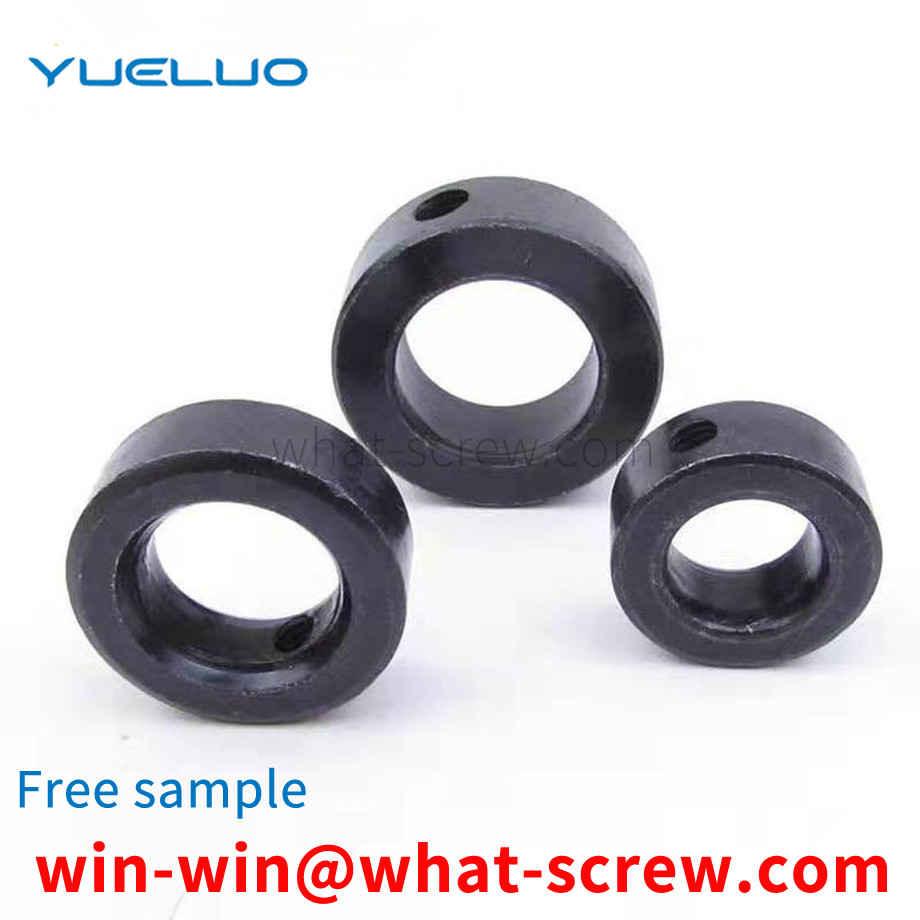
The pressure riveting nut is divided into free-cutting steel pressure riveting nut S type, stainless steel pressure riveting nut type CLS, stainless iron pressure riveting nut SP type and copper and aluminum pressure riveting nut CLA type, which should be used in different environments. . Sizes are usually from M2 to M12. There is no unified national standard for rivet nuts, and they are often used in chassis cabinets and sheet metal industries. S series, CLS series, SP series pressure riveting nuts use the internal thread as a simple method to install in precision sheet metal products, and use small and precise nuts for reliable fixing to completely process the side plate of the sheet metal. The nut is inserted into the hole of the metal plate, and the inlay strengthening function is completed by pressure. Application advantages 1. The back of the plate remains completely flat; 2. Small size and precision, suitable for all electronic or precision equipment; 3. High torque resistance; 4. Easy equipment, simple riveting; 5. Standardized serialization can meet various design requirements .
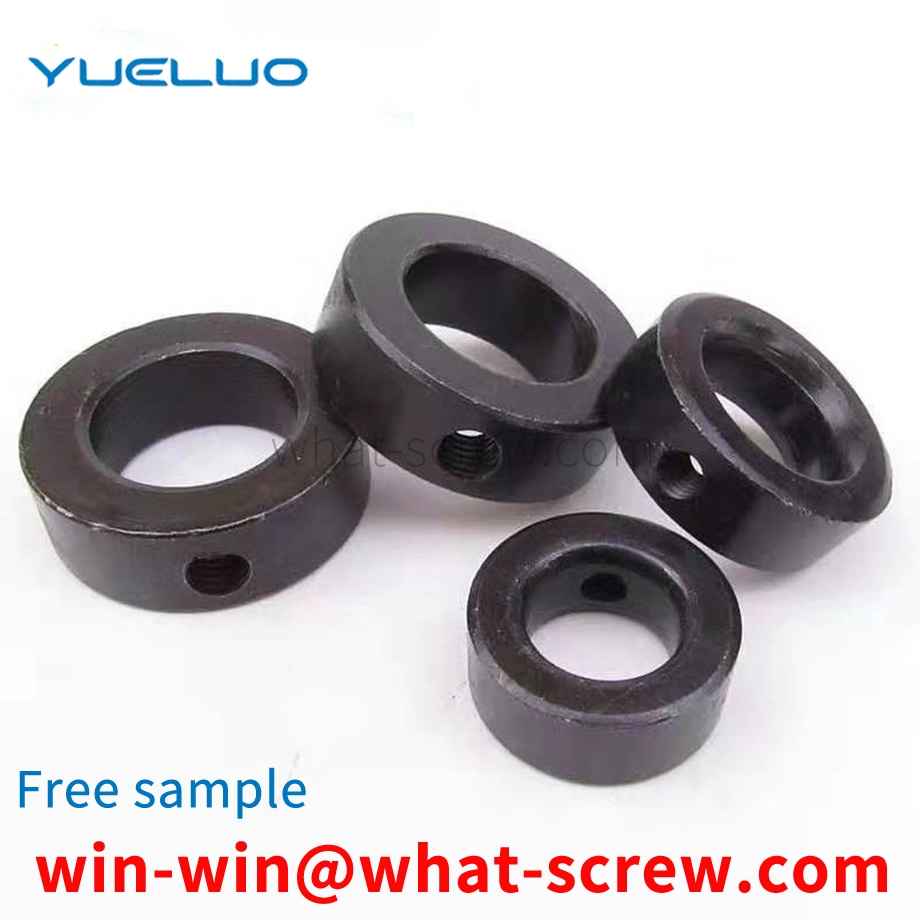
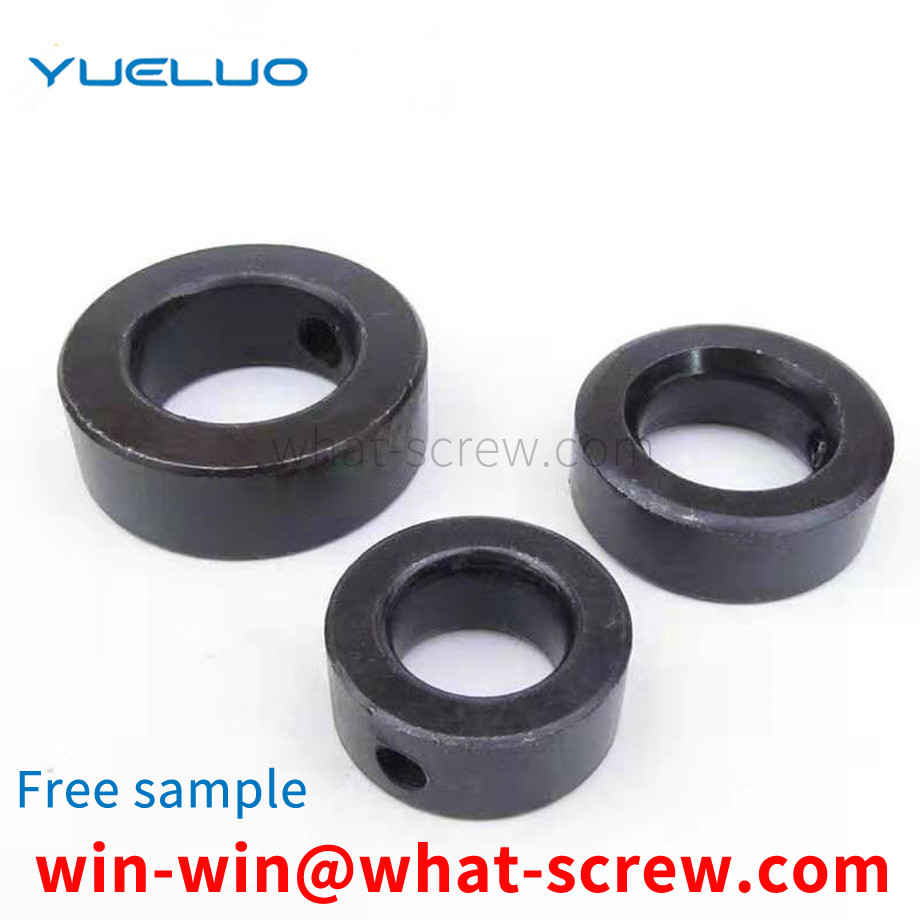
1. When the main body is large equipment, accessories need to be installed, such as sight glass, mechanical seal seat, deceleration frame, etc. At this time, a stud bolt is used, one end is screwed into the main body, and the other end is equipped with a nut after the accessory is installed. Since the accessory is often disassembled, the thread will be worn or damaged, and it is very convenient to use the stud bolt to replace. 2. When the thickness of the connecting body is very large and the bolt length is very long, stud bolts will be used. 3. It is used to connect thick plates and places where it is inconvenient to use hexagonal bolts, such as concrete roof trusses, roof beam suspension monorail beam suspension parts, etc.
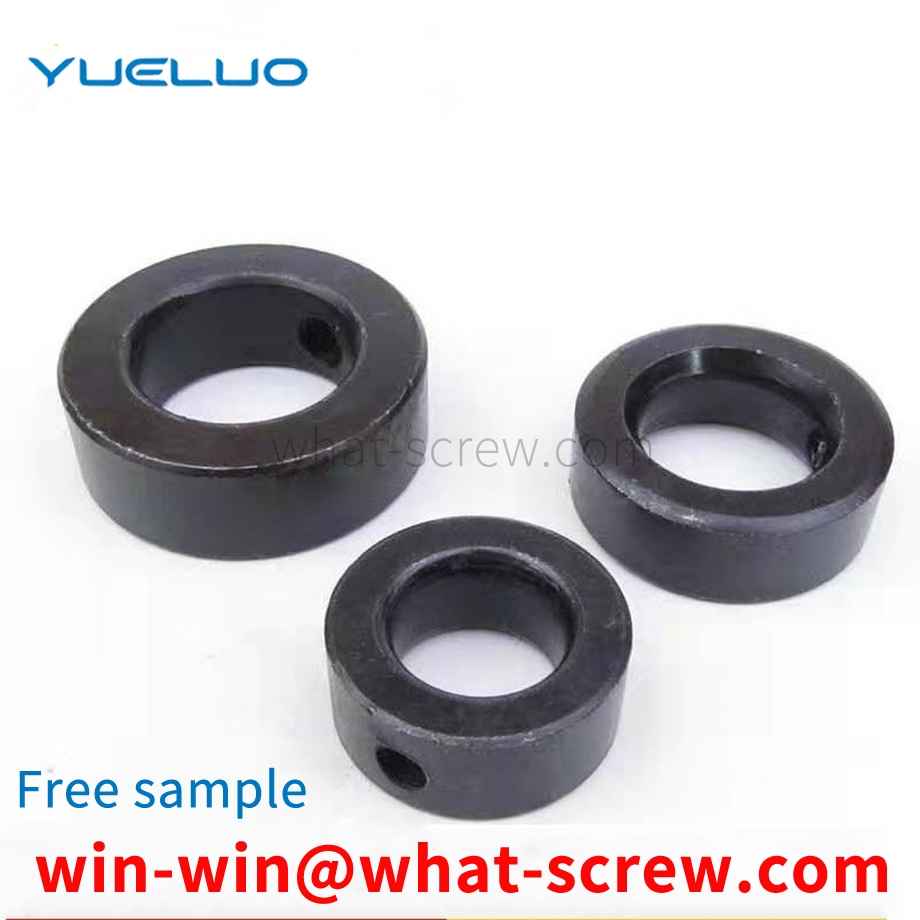
rotating rod is rotatably installed on one side of the two pillars that are close to each other, and a second bevel gear is welded on the ends of the two rotating rods that are close to each other. The two second bevel gears are meshed with the two first bevel gears respectively. , The first sprocket is welded on the two rotating rods, the chain is meshed on the two first sprockets, and the screw rods are installed on the sides of the two pillars that are close to each other. Above the rod, the second sprockets are welded on the two screw rods, the two second sprockets are connected to the two first sprockets through two chains respectively, and threaded blocks are threaded on the two screw rods. The sides of the two threaded blocks close to each other are symmetrically welded with connecting columns, and the sides of the four connecting columns close to each other are welded with movable rods respectively. The other ends of the support plates are respectively rotatably installed with the same support plate, and the assembly device body is fixedly installed on the top of the support plate.
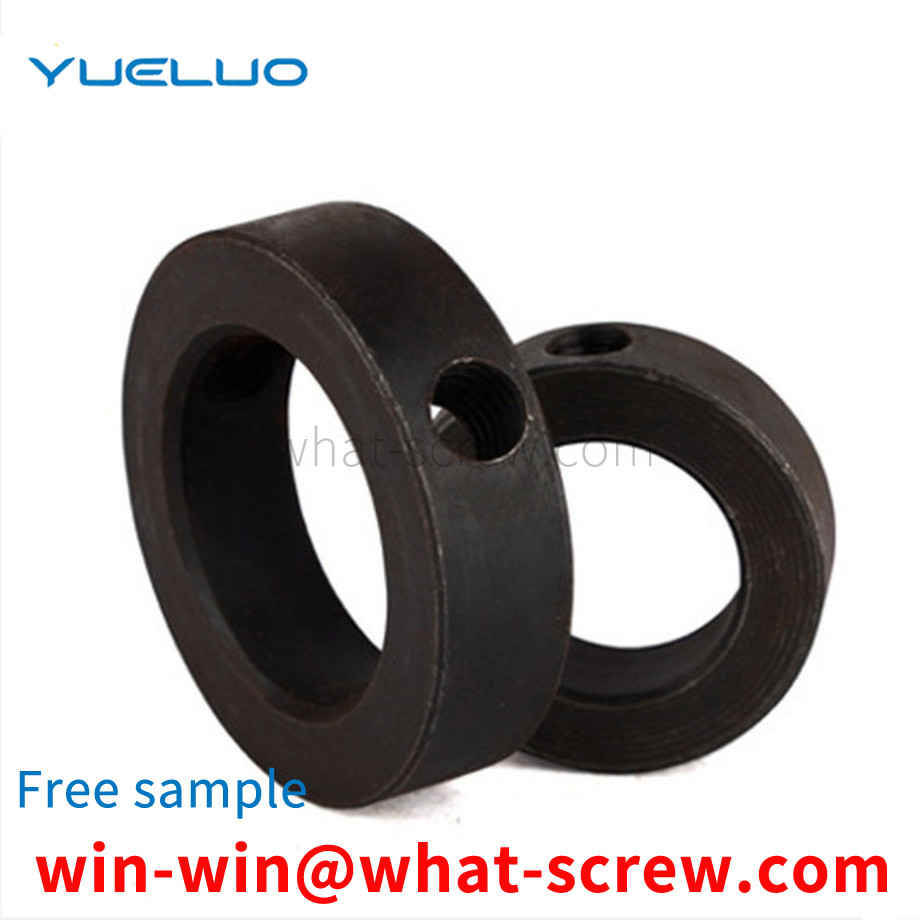
The above content is uploaded by Yueluo or the Internet. If there is any copyright issue, please contact [email protected].

What is the tolerance range of precision screws?

How to choose the right stainless steel screw manufacturer?

Why is there an R angle under the head of the hexagon head s...
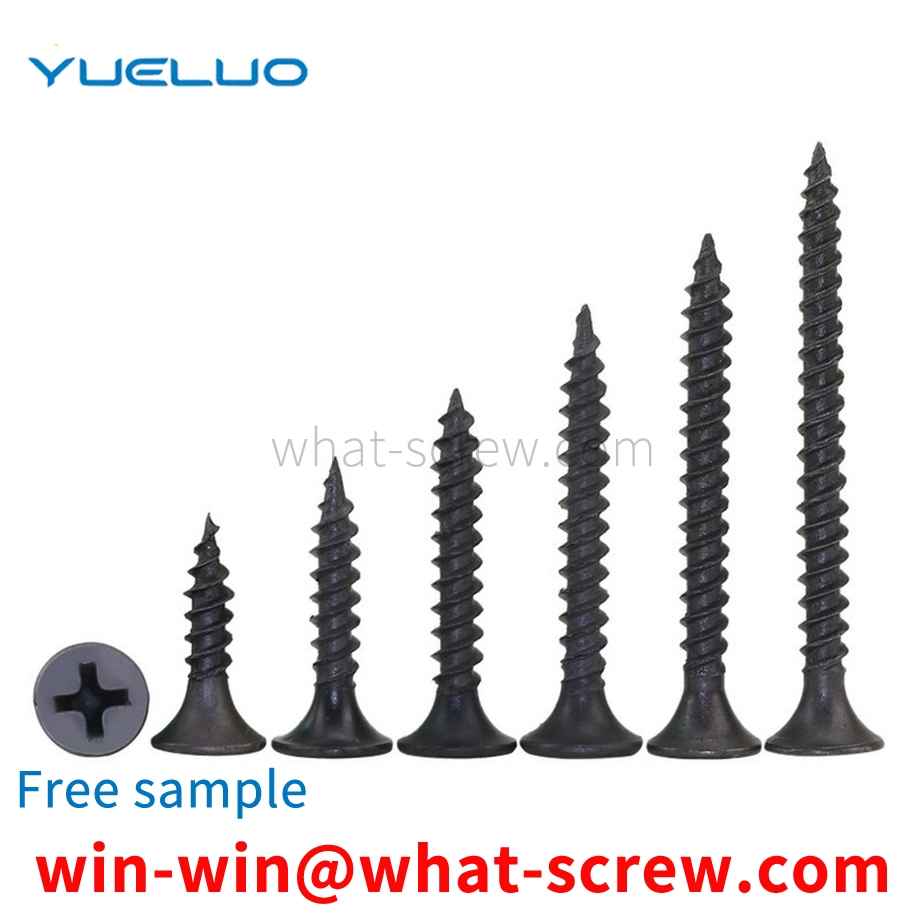
We have more than ten years of production experience in the ...
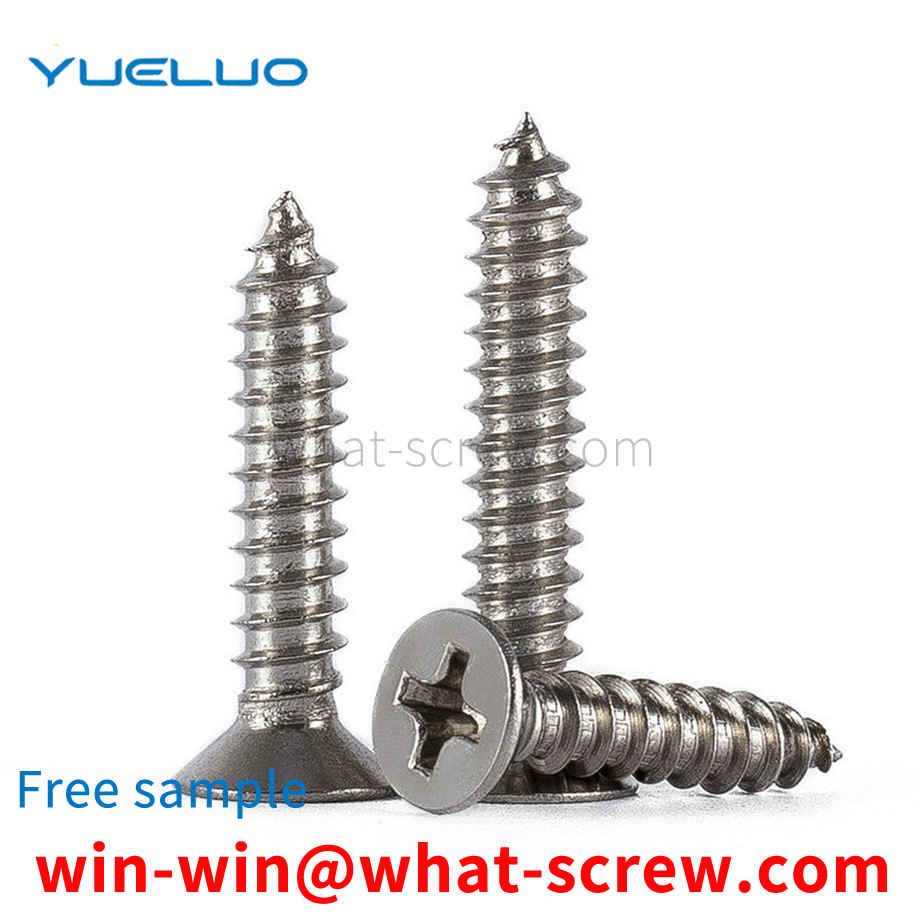
We have more than ten years of production experience in the ...

We have more than ten years of experience in screw industry ...

We have more than ten years of experience in screw industry ...